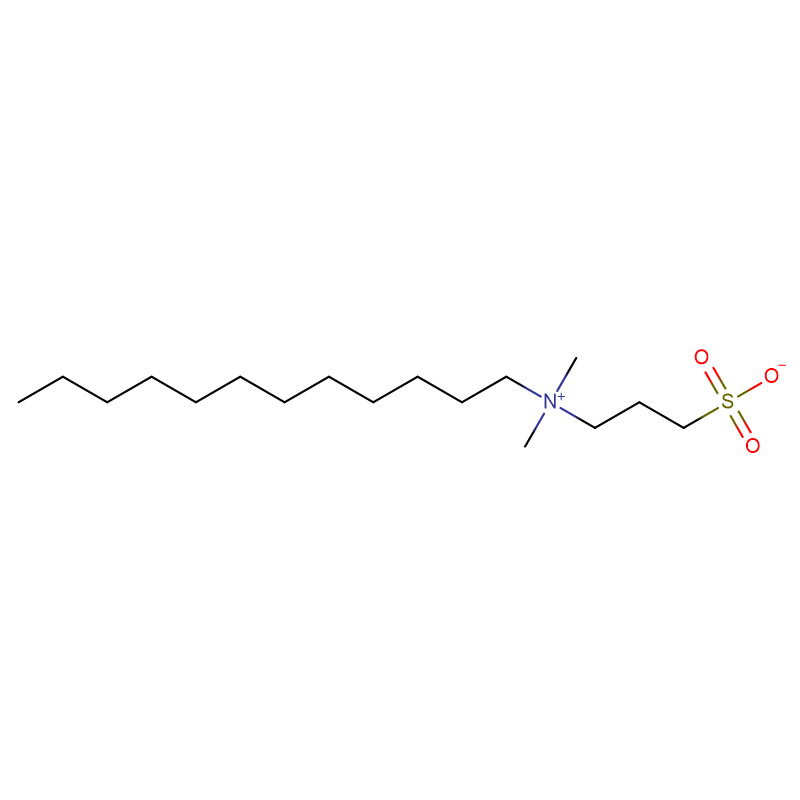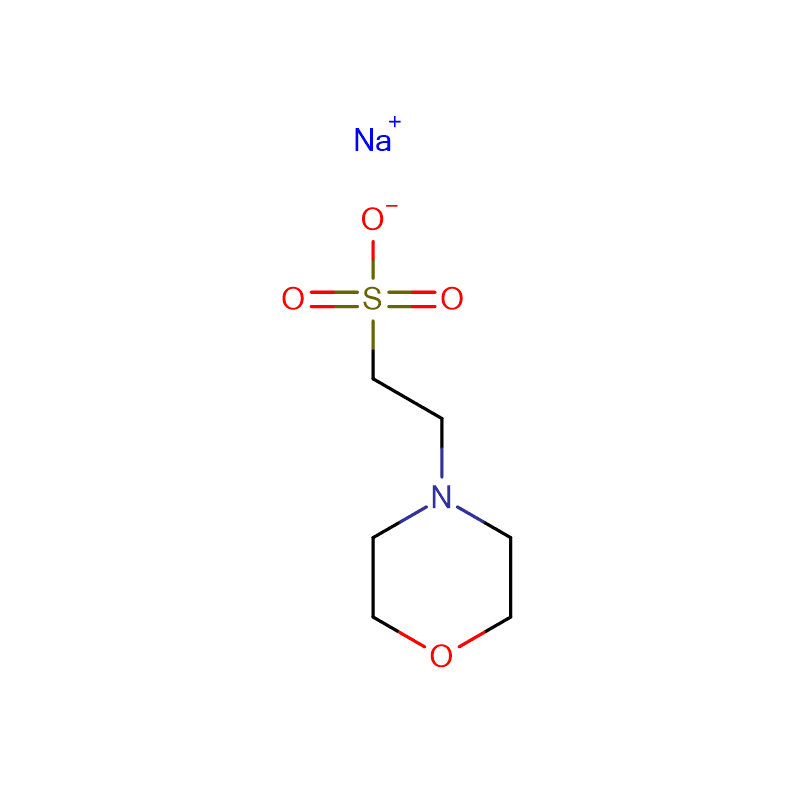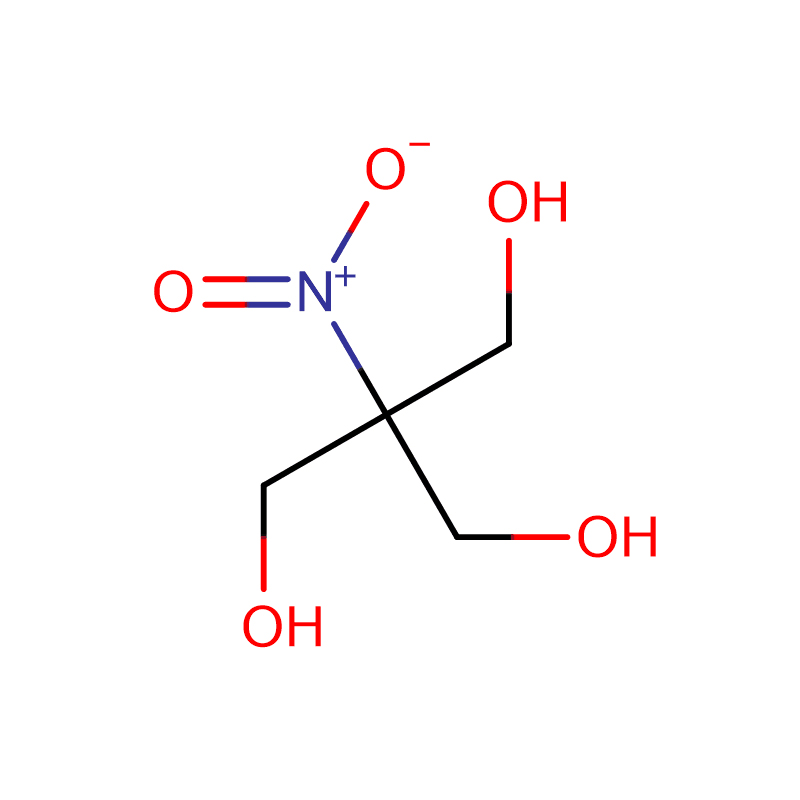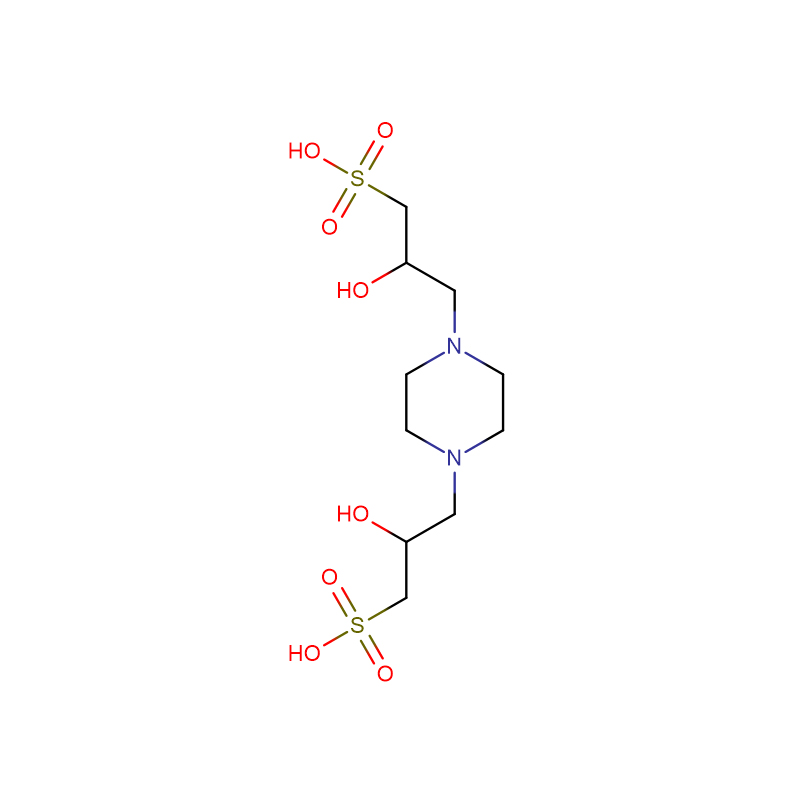The use of bare fused silica capillary in CE can sometimes be inconvenient due to undesirable effects including adsorption of sample or instability of the EOF. This can often be avoided by coating the inner surface of the capillary. In this work, we present and characterize two novel polyelectrolyte coatings (PECs) poly(2-(methacryloyloxy)ethyl trimethylammonium iodide) (PMOTAI) and poly(3-methyl-1-(4-vinylbenzyl)-imidazolium chloride) (PIL-1) for CE. The coated capillaries were studied using a series of aqueous buffers of varying pH, ionic strength, and composition. Our results show that the investigated polyelectrolytes are usable as semi-permanent (physically adsorbed) coatings with at least five runs stability before a short coating regeneration is necessary. Both PECs showed a considerably decreased stability at pH 11.0. The EOF was higher using Good's buffers than with sodium phosphate buffer at the same pH and ionic strength. The thickness of the PEC layers studied by quartz cry stal microbalance was 0.83 and 0.52 nm for PMOTAI and PIL-1, respectively. The hydrophobicity of the PEC layers was determined by analysis of a homologous series of alkyl benzoates and expressed as the distribution constants. Our result demonstrates that both PECs had comparable hydrophobicity, which enabled separation of compounds with log Po/w > 2. The ability to separate cationic drugs was shown with β-blockers, compounds often misused in doping. Both coatings were also able to separate hydrolysis products of the ionic liquid 1,5-diazabicyclo [4.3.0]non-5-ene acetate at highly acidic conditions, where bare fused silica capillaries failed to accomplish the separation


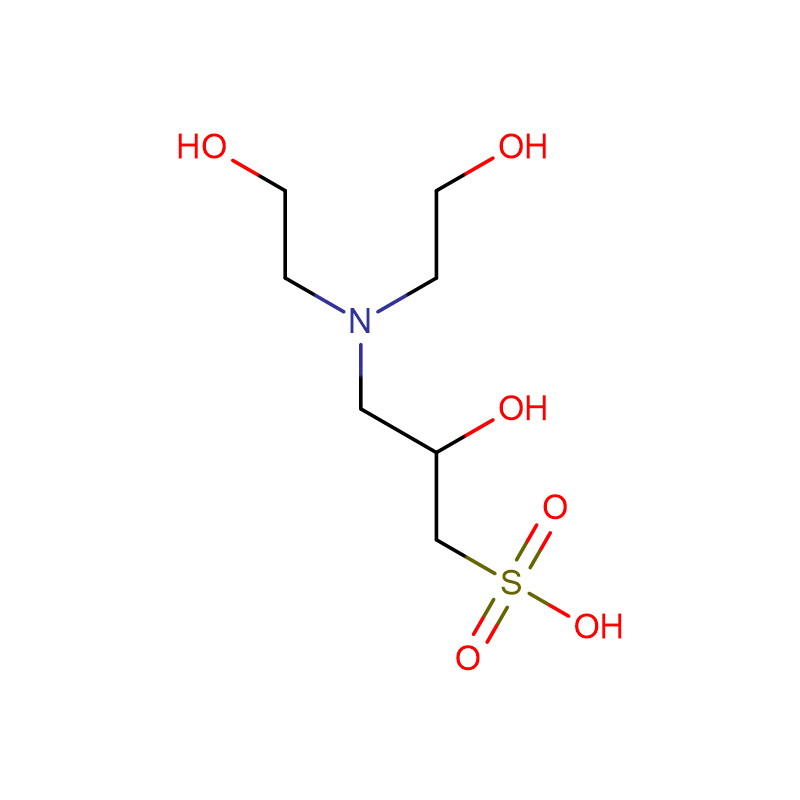
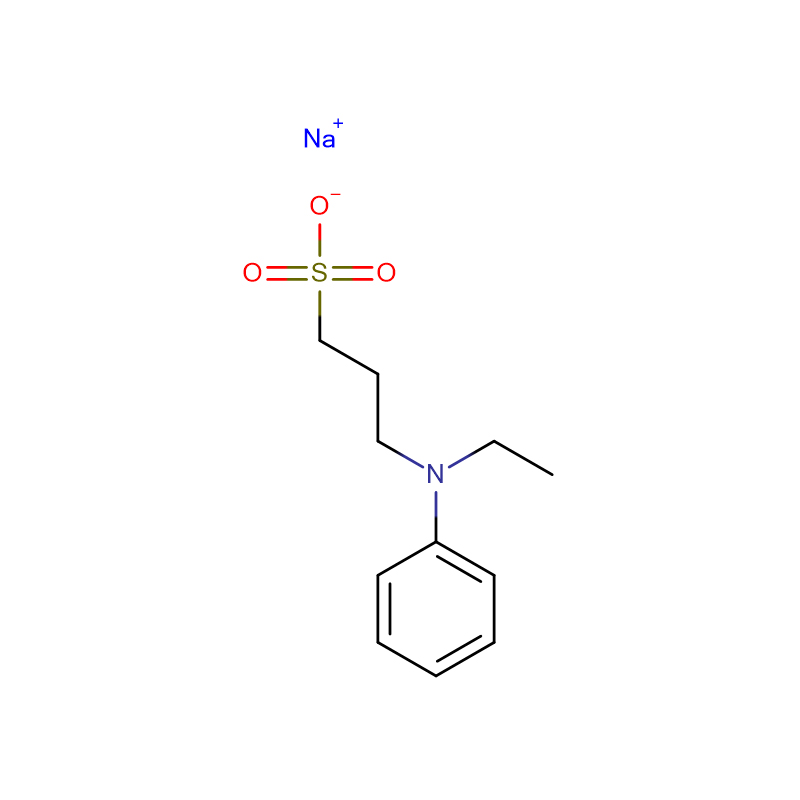
![3- [(3- Cholanidopropyl) dimethylammonio] -1 -propanesulfonate Cas: 75621-03-3 98%](https://cdn.globalso.com/xdbiochems/75621-03-3.jpg)
